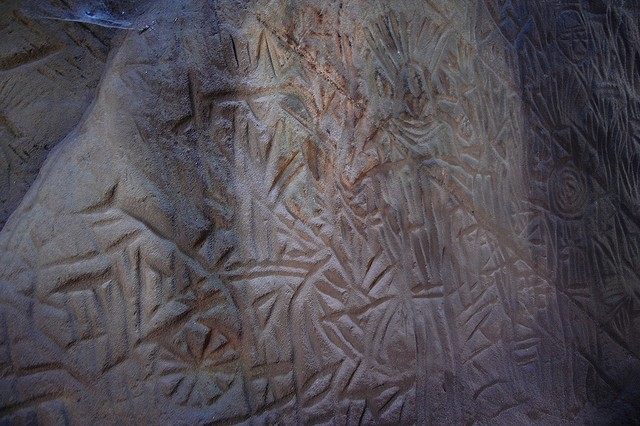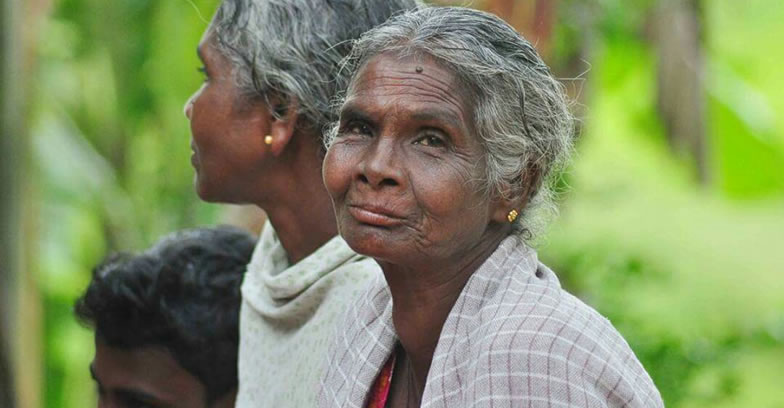History of Wayanad
Comprising an area of 2126 sq.km, Wayanad has a powerful history. Relicts and edicts found in various parts of Wayanad speak of an important prehistoric era. Historians are of the view that organised human life existed in these parts, at least ten centuries before Christ. Countless evidences about New stone Age civilisation can be seen on the hills of Wayanad. The two caves of Ambukuthimala located between Sulthan Bathery and Ambalavayal, with pictures painted on their walls and pictorial writing, speak volumes of the bygone era and civilisation. The Wayanad District was historically a Jain stronghold, and a Jain community called Gowders still dwell in this area. Puliyarmala, which is near Kalpetta, has one of the finest Jain monuments in Kerala. One of the important monuments here is the Ananthanathaswamy Temple, with its medieval carvings and interesting stone architecture. Ruined Jain temple can be seen at Sulthan Bathery. Apart from the Sulthan Bathery temple, there are other significant Jain remnants in Wayanad. The temples at Punchavayal and Puthanangadi are the best known of these. With their beautifully carved pillars now partly ruined, and the area rather derelict, these sites exude a peculiar air of mystery. Passing through a period of Jain dominance, we come to the modern era wherein there are markers influenced from prominent historic figures like Tippu Sulthan and the Pazhassi Raja.
Recorded history of this district is available from the 18thcentury. In ancient times , this land was ruled by the rajas of the Veda tribe. In later days, Wayanad came under the rule of Pazhassi Rajahs of Kottayam royal dynasty. When Hyder Ali became the ruler of Mysore, he invaded Wayanad and brought it under his sway. In the days of Tipu, Wayanad was restored to the Kottayam royal dynasty. But Tipu handed over the entire Malabar region to the British after the Sreerangapattanam truce, he made with them. This was followed by fierce and internecine encounters between the British and Kerala Varma Pazhassi Raja of Kottayam. When the Raja was driven to the wilderness of Wayanad, he organised the war-like Kurichya tribals into encounters. In the end, The British could get only the dead body of the Raja, who killed himself somewhere in the interior of the forest.
Thus, Wayanad fell into the hands of the British and with it came a new turn in the history of this area. The British authorities opened up the plateau for cultivation of tea and other cash crops. Roads were laid across the dangerous slopes of Wayanad, from Kozhikode and Thalassery (Kannur). These roads were extended to the cities of Mysore and Udagamandalam (Ooty) through Gudalur. Through the roads poured in settlers from all parts of Kerala and the virgin forest lands proved a veritable goldmine with incredible yields of cash crops. The eventual colonisation of the region by the British paved the way for organised agriculture which in turn led to large scale migration into the district. Each of these events, and several less-known ones, have left their mark on the heritage of Wayanad.
When the state of Kerala came into being in November 1956, Wayanad was a part of Kannur district. Later, south Wayanad was added to Kozhikode(Calicut) district. In order to fulfill the aspirations of the people of Wayanad for development, north Wayanad and south Wayanad were carved out and joined to form the present district of Wayanad. This district came into being on November 1,1980 as the 12th district of Kerala.




